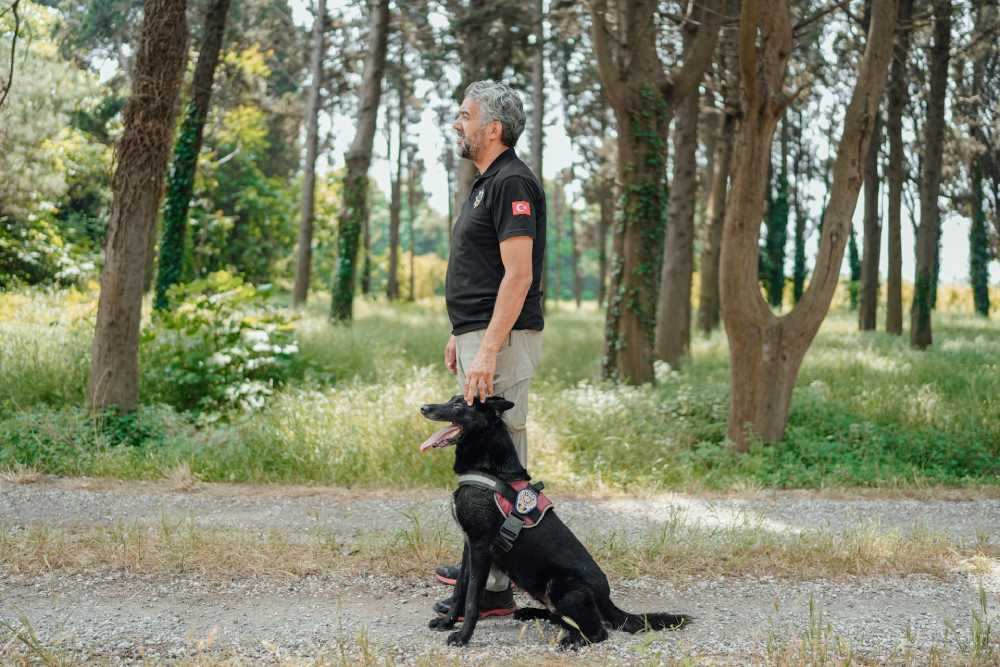From Ruff to Refined: Transforming Your Dog’s Behavior Through Training
Dog training is essential for responsible pet ownership because it establishes boundaries, prevents unwanted behaviors, and strengthens the bond between pets and owners.
Meg uses modern, force-free methods that merge current behavioral science with positive reinforcement techniques to ensure clear communication and understanding between humans and their dogs. The result is a harmonious household and well-mannered companions.
Identify Your Goals
As we kick off the new year, setting goals for yourself and your dog at dog at Rob’s dogs is a great time. These goals should be simple and long-term, but focus on creating more day-to-day harmony and addressing your priorities.
Identify what you want to change and your current training level. It might include getting your dog to respond reliably to a sit cue in different environments or situations or teaching impulse control in high-arousal situations such as the doorbell.
Once you have a clear picture of what you want, break down the goal behaviors into smaller components that can be taught step by step. Staying motivated and on track is more straightforward, with realistic expectations for you and your dog.
Create a Training Plan
Clear and measurable goals are vital for successful dog training in Phoenix. SMART benchmarks help track progress toward the final behavior.
The plan should also outline small behavioral increments from point A to point B. These increments should be achievable for your dog and consistent with your overall goal.
For example, if you’re trying to teach your dog to “come” in a busy park with lots of sights and sounds, it may be a good idea to start by training them in a quiet space without distractions. Once they’ve learned to come in a calm environment, you can start moving them into busier environments.
Start Training
Training your dog is a great way to strengthen your relationship with them and give them greater self-assurance. It can help reduce behaviors such as destructive chewing or digging in the garden.
It also helps your dog learn to listen to you and follow commands. It can help prevent them from running off or getting hit by a car. It can also make walks more enjoyable for everyone involved.
Training also helps acclimate dogs to new environments or situations, such as visits to the vet, nail clipping, or professional grooming. It can help prevent separation anxiety and fearfulness when they are away from home. It can also teach them how to behave around strangers and other pets.
Be Patient
Patience can help you be a better trainer, but it’s also beneficial in your everyday life. You may be fuming over a delayed flight or getting worked up because your Uber is late, but practicing patience can calm you down. It teaches you to consider the long-term implications of your actions rather than just reacting in the moment.
According to a study, people who practice patience are likelier to be empathetic. They’re also more satisfied with their lives and have a stronger sense of self-control than those who are impatient. This type of patience enables you to tolerate flaws in other people, which can make for healthier relationships. You can even use it to train your dog. Try using the “wait” command you learned during doorway training and increase the distance each time.
Reward Your Dog
Rewarding your dog with treats is a powerful way to encourage them during training. However, be careful not to reward undesired behavior with treats. For example, patting your dog on the head may seem like a positive reward, but it could decrease their obedience in the future because they will associate doing what you ask them to do with something they don’t enjoy.
Instead, give them a brief verbal reward (like a “good dog”) or use a toy or petting session as a creative alternative. Vary the frequency of your rewards so they don’t catch on to a pattern—if you constantly reward them, they may only be working for the treat.
Once they have reliably learned a new behavior, you can switch to intermittent reinforcement—rewarding them about three out of five times at first and then only occasionally until they don’t need it anymore.

